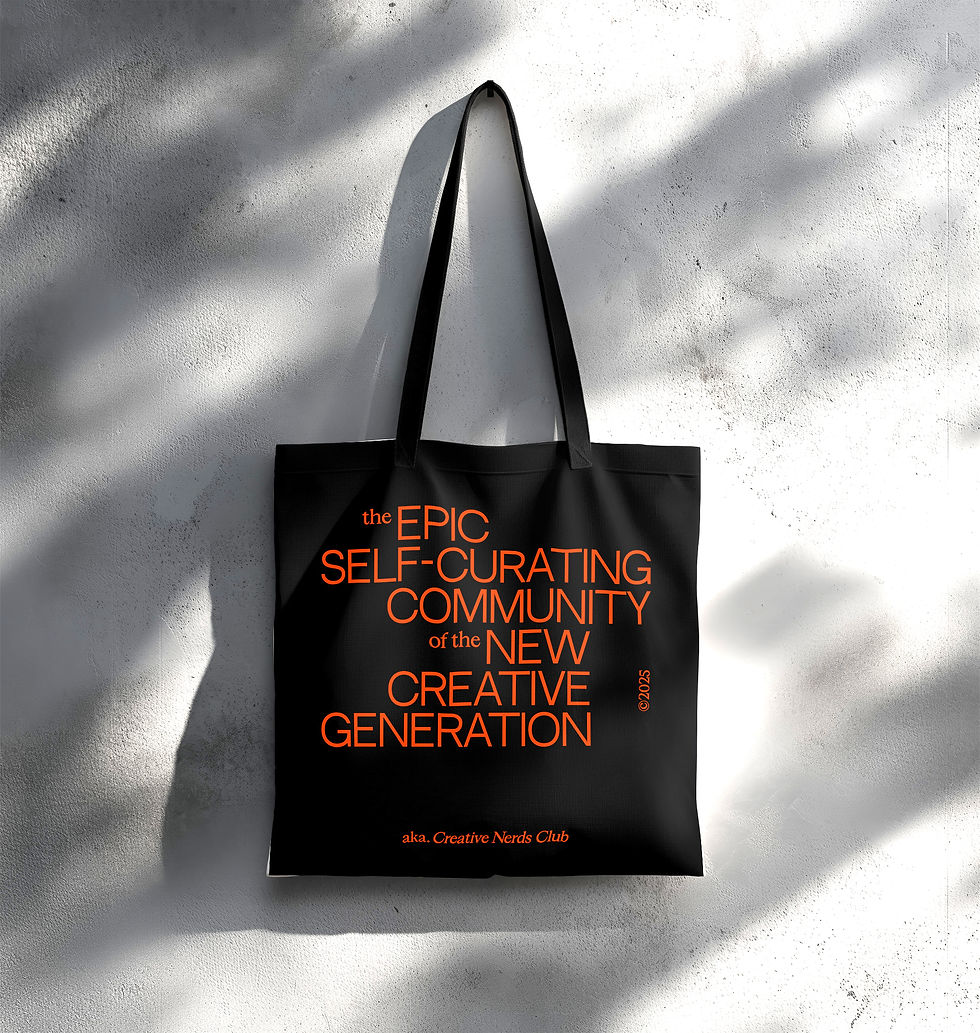The Studio | Melis Buyruk
- Onur Çoban

- Jul 20, 2023
- 4 min read


We were in the studio of artist Melis Buyruk, who creates surreal habitats and detailed narratives with references to nature, where she realizes her productions that go from the part to the whole.
In your productions, you reference living things and elaborate on their unity. What are the inspirations you use to ensure harmony in your compositions?
One of the elements that provide harmony in nature is uniqueness. Every piece, every detail that forms the whole and repeats each other, is unique. There are hundreds of leaves on a tree branch, and dozens of leaves make up a flower, but there are differences in their angles, textures, sizes, and curves. This is the summary of life, the world, the detail that excites me the most.
I imitate the uniqueness of nature in the living spaces I build. This is the reason why I produce each detail one by one by hand. One by one, by hand, each of them becomes a harmony in a whole consisting of parts produced while listening to different music, thinking about and feeling something else.
"I imitate the uniqueness of nature in the living spaces I build. This is why I produce each detail one by one by hand."
In which areas did the open structure of ceramics, which you completed your undergraduate education, guide you in terms of the form you wanted to create over the years?
First of all, this has never disappointed me. It is very instructive to start again and return to the beginning. The negativities we experience with the material decrease as we gain experience, and it is a tremendous feeling to see that you can master them over time.
Porcelain is a material that is open to surprises, fragile, and has many different processes; each process carries risk factors. Added to this is that I work on very fine and fragile details. Years ago, I tried various methods to eliminate the risk of the material's fragility, such as hiding my works in glass lanterns and even using other less fragile materials instead of porcelain for a while.
At the end of this process and my experiences with different materials, I was sure I was trying to protect my work, not the material. And it is necessary to approach a work of art with the same sensitivity, regardless of the material it is produced with. At the end of this process, I imagine and create jobs where I do not put distance or any other protective material between the viewer and my work.
How did the fact that your primary material, porcelain, is more open to detailing than ceramics transform the production process?
In technical terms, porcelain is a material that is more suitable for focusing on details than ceramics, emphasizing subtleties and working on thinner surfaces during the production phase. After meeting porcelain and discovering my excitement for fine details and the approach that goes from part to the whole, I have never produced with ceramics again.
Does the combination of fine details and raw colors in your works have a projection on yourself?
The projection of myself is in the fine details, monochrome colors, subtleties, and golden details you can see in all my works.
What pleasure do you get from using traditional methods to carry out the production process?
Many of my friends ask me why I don't use different methods that can make my work easier, and they even describe some methods for this. Of course, some processes, such as using molds, can speed up some techniques and save me time. But I am so happy with the production process and my fingerprints that I find in every detail that I do not think of going beyond the traditional methods in the production process.
The pleasure I get from the production phase continues. This is the biggest reason why I want to do more.
At the end of the day, disorganization may dominate the workshop atmosphere when you are immersed in the production process due to the use of many tools and furnaces demanded by the material. How do Dyson technologies help you to provide the spacious production space you desire in your studio?
I am very meticulous about my workspace. It is vital for me that my studio and desk are spotlessly clean, everything is in its place and organized, and that my studio smells fresh and clean. Otherwise, I cannot concentrate and focus on my work.
Porcelain is mud during the production phase, and the dust from this mud, the gases released from the kiln, and sometimes the chemical materials and pigments we use can be harmful and very dangerous to health. Therefore, a ceramic workshop must be clean and ventilated. Dyson Purifier Hot+Cool Formaldehyde and Dyson V15 Detect Absolute are my must-haves to ensure and maintain air and cleanliness in my workshop.
In addition, I have a Golden Retriever with whom I sleep at night, and he is in the workshop with me during the day. With the Dyson pet care nozzle that I can attach to my wireless vacuum cleaner, I can collect his hair practically without shedding.












































